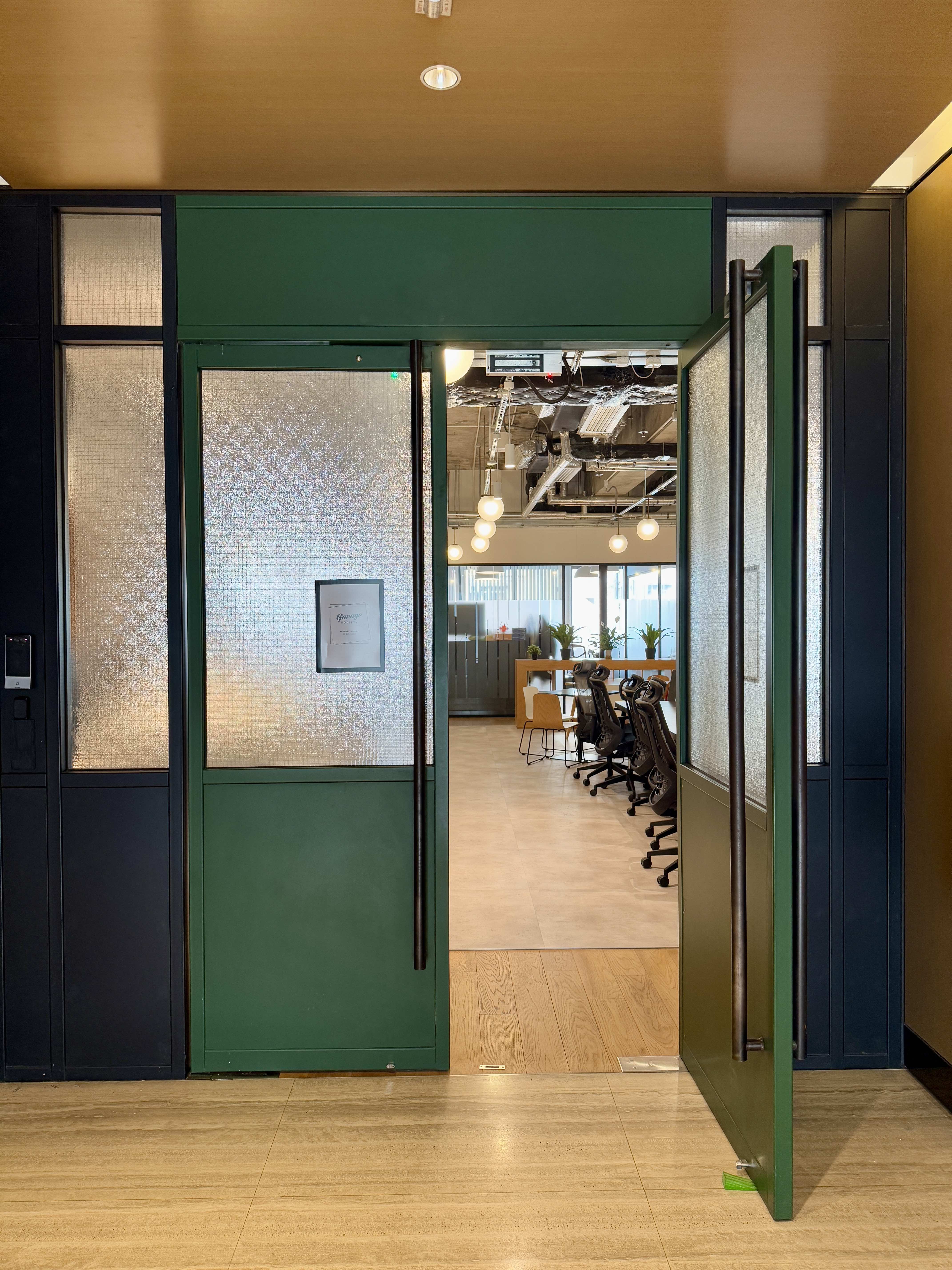LOCATIONS
Hong Kong
-
Facebook
-
LinkedIn
-
Instagram
-
Youtube
Welcome back to Mandy's In-House Notes, a twice-monthly column touching on all things brand-building, entrepreneurship and female-empowerment related, from the mind of Mandy Pao.
This week, we're talking about the power of using the right data to inform your design process.
Author: Mandy Pao, Founder and Creative Director, Eloquence International
Cover image: Jezael Melgoza via Unsplash
In the digital world, nothing is certain except data. You might have an understanding of how important it is, but using it effectively is a different story.
In this article, we’ll go through how data can be, and should be, used to inform design. Data and design, afterall, go together like a horse and a carriage.
Anyone who’s ever started a business or project will have pulled up data at some point. There’s plenty of information and numbers out there to help you make wise decisions. Many big brands today pour millions into their data with the end-goal of keeping their customers close.
The ability to read that data to make executive decisions is both an art and science. The trick lies in the approach. In order to get there, we need to establish a few things.

According to a cited report on McKinsey, companies experienced an average increase of 10 to 30 percent in performance improvements when data and design were tightly woven.
Three aspects were key to this improvement:
Companies like Apple and Google are some of the biggest examples today of how far design thinking can take you. The approach is most often centered around product innovation and enhancing the customer’s experience.
Simplified, design thinking is your best effort to create designs that serve the needs and experiences of people while meeting your business goals.
In IDEO’s CEO Tim Brown’s words, design thinking is
“a human-centered approach to innovation that draws from the designer’s toolkit to integrate the needs of people, the possibilities of technology, and the requirements for business success.”
The result is methodologies and internal processes centered around the business’ customers.
Here’s a simple framework of design thinking:

Now that we understand design thinking, let’s come back to data.
Businesses have become far more customer-centric in the recent decades than they’ve ever been. Though this customer-first approach has been more aggressive in recent years, it’s still the oldest rule in the game.
The more you understand and satisfy your customers, the more likely you’ll succeed. How do we understand our digital customers? Well, the only reliable way is data, and we all have a pretty good idea of how specific data can get. It enables you to make better design choices based on user behavior.

Data can shed light on who your customers are and how they behave. When you have access to that kind of information, you can decide how you want to keep customers engaged.
If you’ve adopted design thinking, several questions crop up. Is the font too big? Is my homepage loading correctly? How many people are hovering over my “contact” button? How many people are abandoning their carts? Data can answer all of these questions.
The trick is in being able to separate good data from all the noise. Unfortunately, this can be a difficult task. You can, however, equip yourself with some pretty good tools to get meaningful data.
Google Analytics is probably your best and most cost-effective tool. While you’ll have access to a wide spectrum of data, it’s up to you how you want to set the goals of your online business, whether that’s completing checkout, booking appointments or receiving phone calls. Use these goals to guide the designs that help convert users to customers.
In-app analytics will also play a major role in the overall data you collect. For example, Instagram has native analytics that will tell you how many followers you’ve gained, how many people decided to follow after visiting your profile, how many people your posts have reached and so on. Integrate in-app data with web data for a 360-view on the customer journey
One of the most essential tools in the marketers kit is A/B testing, a shorthand for controlled experiment. You’ll often find yourself wondering whether or not the data you’ve gathered is significant or mere coincidence.
A/B testing is a sure-fire way to know if you can be confident about your inferences. Furthermore, use A/B testing to try new colors, fonts, copy, placements, hashtags, headers, images and more.

Data and design have certainly come a long way since the days of ‘Mad Men.’ Our definition of design is rapidly evolving to encompass innovation and customer experience at its beating center.As data becomes more and more democratized, design thinking isn’t exclusive to creative agencies, anyone can adopt it.
It’s worth noting, however, that even though quantitative data should be the foundation of data-driven design, you shouldn’t rely on it solely when making decisions. You still need to include qualitative methods as part of the iteration — feeling and intuition can go a long way.
So gather data, make inferences on how users are behaving on your channels, evaluate how you feel about your offerings, and then tweak your designs as you go. By weaving data and design, you’ll be able to make decisions much quicker and drive meaningful results.
They’re a one-stop-shop for data, design, marketing, PR, branding, strategy and all of the above, working with clients to optimize communications at every stage of the process.
Their creative work ranges widely from fashion and lifestyle, to health & F&B.
You can connect with Mandy on Linkedin and Instagram for more insights like this column.
You can also keep up with the work EQ is doing on their Instagram page @eq.international, listen to EQ (RAD)IO, their curation of playlists on Spotify, or learn more about their services at their website.
From entrepreneurs to enterprises, we understand the diverse ways in which people work.
We focus on getting to know you and your business so we can tailor a better and smarter way for you to get work done. Whether it’s hot desks, private offices, or custom spaces we’ve got a WorkStyle solution for you.
Interested in a flexible workspace at Garage? Get in touch with us.
 Garage Blog
Introducing Garage Society's Newest Premium Workspace at Tower 535 Causeway Bay
Garage Blog
Introducing Garage Society's Newest Premium Workspace at Tower 535 Causeway Bay
We're thrilled to announce the opening of our newest Garage Society location in the heart of Hong Kong's most dynamic business district!
Garage Society Causeway Bay brings our signature blend of community, innovation, and premium workspace to Causeway Bay's prestigious commercial hub.
 Garage Blog
From Flat White to Flexspace - The Best Coffee Spots Near Garage Society Locations
Garage Blog
From Flat White to Flexspace - The Best Coffee Spots Near Garage Society Locations
Looking for the perfect cup of coffee to fuel your workday?
Members enjoy free coffee 24/7 in our spaces, but sometimes they need a change of scenery (or bean!). That's why we've compiled this guide to our members favourite independent coffee shops near each Garage Society location!
Whether you're a dedicated hot desk member or just exploring flexible workspace options, stay caffeinated and inspired with our picks below: